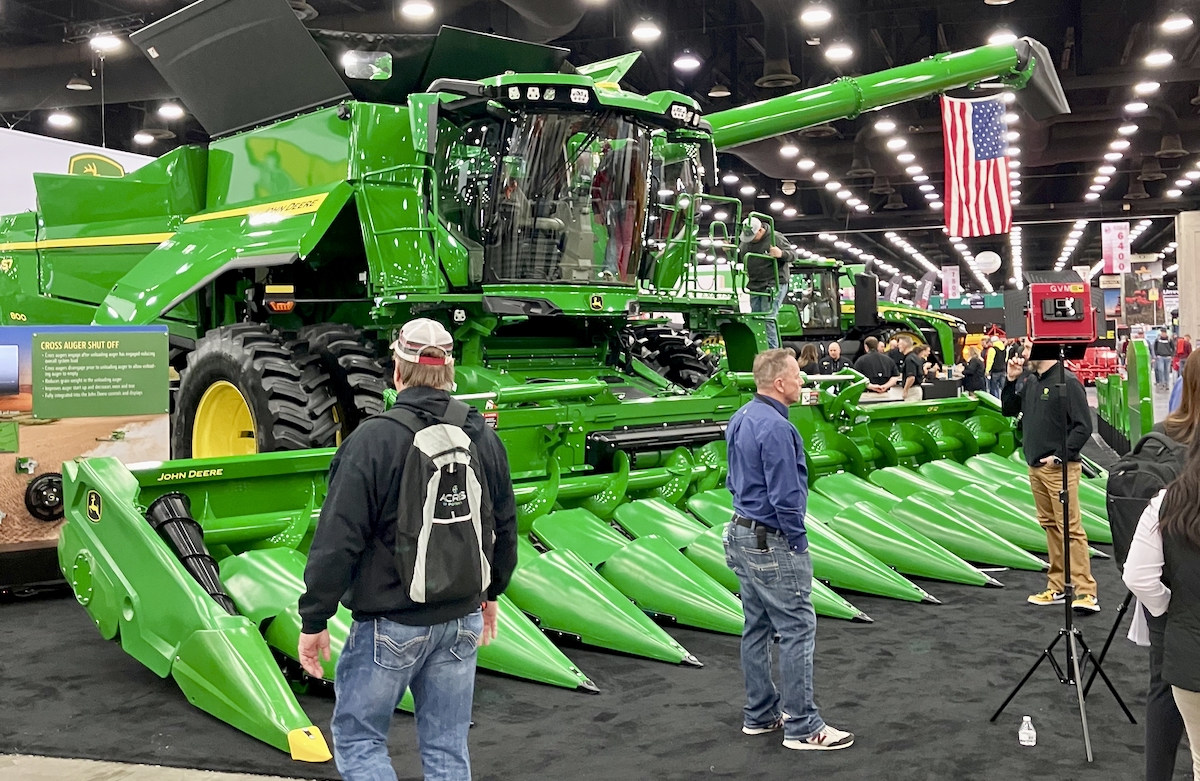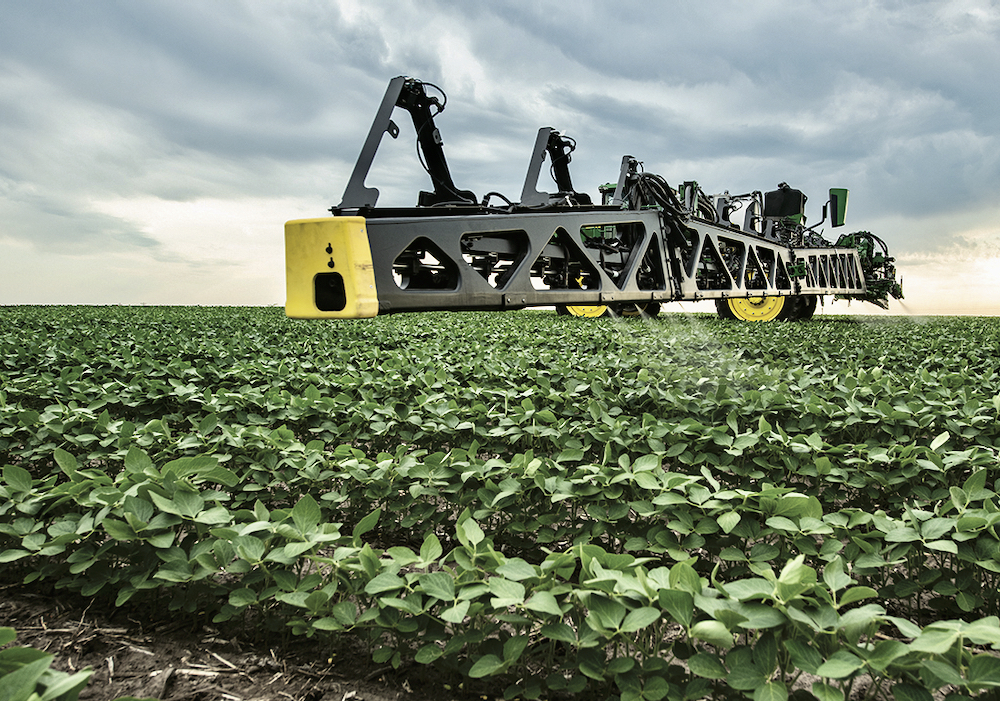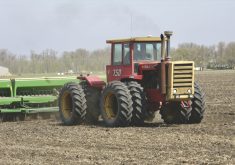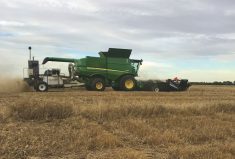When I spent a summer working as a mechanic’s helper at an Allis Chalmers dealership in 1978 as one of my first jobs, I recall a brand marketing rep coming out to hold a customer information session. He brought cut-away examples of some of the features being built into their newest tractors, including the brand’s first attempt at a modern, comfortable cab.
Aside from boasting about the reduced decibel levels inside those cabs and the then-novel concept of air conditioning, he talked about how thick the drive axles were compared to the brand’s competition. The message was direct. All that comfort and heavy-duty steel was sure to result in a new kind of durable machine.
Brand messages are clear again today, but heavy-duty components almost always take second place. Instead, the focus is on cutting-edge digital wizardry built into modern equipment. Even GPS, which was once considered pretty novel and sophisticated, is yesterday’s news.
Read Also

The pros and cons of new technologies
New farm technology hitting the marketplace can be awfully enticing, and it’s not been unheard of in years gone by…
Now, it’s about advanced telematics and systems enabled by artificial intelligence, which includes the machine’s ability to drive itself while the operator watches YouTube videos on a smartphone.
At a John Deere media event a few years ago, the company produced a high-quality video — which has since been shown to the general public — showing a farmer getting a morning coffee and walking into his office. He (and it was almost always a “he” as recently as that) sits down at a high-tech screen to see how much rain his fields logged overnight, where his autonomous machines were working and how they were performing.
That was Deere’s look to the future, and it wasn’t science fiction. Indeed, it’s actually coming true faster than many might have anticipated, and that 22nd century vision of farming, shared by so many in the industry, has had a huge impact on what manufacturers are focusing their R&D departments on today.
Just scan through the recent pile of press releases coming from brands where the digital aspects of new machines figure prominently. All brands have made significant long-term investments in pursuing those goals. For example, John Deere’s relatively new office building on the outskirts of Des Moines, Iowa, was built exclusively for staff and engineers whose job is to design ever-advanced digital systems and to provide customer support for the ones they already have.
Little surprise, then, that companies like Deere are now making regular appearances at events like the Consumer Electronics Show in Las Vegas, something that was wholly unimaginable back in my Allis Chalmers days. The only things electronic in virtually any tractor back then were the AM radio and maybe a few gauges. But John Deere has been wowing showgoers at the CES with its technology for a couple of years now. And it has continually been rewarded with innovation awards for its efforts, bagging another one ahead of the 2022 CES event.
“The opportunity for technology in agriculture continues to inspire us to develop cutting-edge smart machines, systems, and solutions to treat each plant individually and support our customers,” said Jahmy Hindman, chief technology officer at Deere. “John Deere is at the forefront of innovation, and with technology like See and Spray, we’re helping our customers maximize sustainability, profitability, productivity, and visibility so they can focus on the important work of feeding a growing world population.”
This year Deere was named a CES 2022 Innovation Awards Best of Innovation honouree in the Robotics category, and an honouree in the Vehicle Intelligence and Transportation category as well. This is the third consecutive year the green brand has received an Innovation Award from the Consumer Technology Association, which recognizes outstanding design and engineering in consumer technology products.
This time, it was Deere’s See and Spray system that earned the honours. The version of See and Spray presented to judges uses computer vision and machine learning to detect the difference between plants and weeds and to target the application of herbicide to just the weeds. Deere says, “This plant-level management technology gives a machine the gift of vision, benefiting the farmer, the surrounding community and the environment.”
But that “green-on-green” version of See and Spray isn’t yet commercially available, although its presentation at the CES is almost certainly a signal it soon will be. I’ll be watching for announcements on that ahead in the next few months
And, of course, Deere is only one brand with electronic technology that is winning awards. Across the Atlantic, AGCO’s Fendt brand has impressed judges with its digital efforts. In September it was awarded a “Champions of Digital Transformation” award in Germany for several technologies including its FendtONE system.

The Champions of Digital Transformation award was co-initiated by a European business magazine called CAPITAL and assesses which firms are leading the transformation of Germany’s industries, moving them to a more digital future. In particular, the judges were looking to see which firms coupled that kind of drive with an exceptional set of best practices.
When discussing the award, even AGCO observed that the change in focus for agricultural machinery manufacturers is a bit jarring, noting the shift from mechanical systems to digital technology.
“The agricultural machinery industry is a rather traditional industry,” the manufacturer said in a press release. Farm machinery was judged on horsepower, lifting capacity or PTO performance, so if you wanted to see machinery that features continuous analysis of data and electronic optimization and innovation approaches, you pretty much had to go to other industries to see what they were pioneering.
But not anymore. Today, ag manufacturers have travelled further down the electronic road than many other sectors.
Even though the world still has competitions and prizes for machinery brands based on the design of good old-fashioned cast iron and steel components, a growing number of those awards programs are now focusing increasingly on digital systems, because that’s where so much of the innovation and excitement are to be found.
Even the AE50 awards, which are handed out by the American Society of Agricultural and Biological Engineers can’t help but turn its attention to digital systems in its annual selection of the 50 best equipment innovations.
For 2022, the Fendt TI Headland K-Turn Assistant earned an AE50 award. It provides automated reverse turn capabilities (Y-turns and K-turns) alongside other existing fully-automatic turn types that allow tractor operators to more accurately and efficiently make turns with three-point mounted implements and on small headlands.
True, it isn’t yet for everybody. This is a feature more likely to see service in smaller European fields or North American corn-growing regions than on Canadian prairie broad-acre farms, but it’s impressive nonetheless. AGCO notes that current automated headland turn modes require large headlands or do not allow implements to finish rows in straight lines. With the Turn Assistant, sequences for both Y- and K-turns begin automatically at the headland. Once the operator reverses, automatic steering takes over and ensures that both the tractor and implement run seamlessly into the next wayline.
As producers around the globe face increasingly uncertain weather fluctuations due to climate change, brand executives have stressed that the biggest payback growers are likely to see in the future will come from ever more precise field operations.
As Christoph Gröblinghoff, chairman of the AGCO Fendt management board, explains: “The goal is to offer farmers systems that are even faster and more precise so that they can carry out their work efficiently and economically … In agriculture, with many different customer groups and application examples, this is a very special but also always exciting challenge.”
















